Discovering compelling photography ideas from life at home
As many people will be in self-isolation over the coming months, let’s look at a more introvert style of photography which best depict your personal life, at home. It could be family members, occasions, random moments or simply rooms, still life’s or scenes.
One of the hardest things to do in photography is to present a straightforward and everyday scene or idea with poignancy and gravitas. These images will come as a result of working quickly and even candidly, trying to keep as much truth and reality to a picture as possible. In other cases, it can be quite blatant and unashamed. Either way, this type of photography needs to give reference to a life that is less seen. A life that is private to the one that each and everyone one of us displays in public.
In this article, we’ll be giving some examples of one photographer in particular who has embarked on such projects, providing insights into their home and everyday lives and commenting on how they’ve achieved this.
Nigel Shafran
Website: http://nigelshafran.com
Over the years Nigel has embarked on many different personal projects but always stayed true to a very basic and very subjective style of photography. His work explores human interaction, presence and absence and the intimacy involved in our everyday relationships.
He regularly visits this idea of us as people leaving a metaphoric footprint wherever we go, whether it’s the washing up, leftovers for the recycling or presents bought for a loved one.
What is striking about his work is his ability to tell a story with a series of, what on the face of it, would look like the most mundane or simplest of scenes. He does this by keeping consistency to his shots and honing a style which was immaculate and almost mathematic in places.
Shafran’s work stays away from blatant artistic or aesthetic merit quite heavily. Instead, he documents a scene, as a forensic analyst would at the scene of a crime. His work is as it was when he shot it. His approach to photography is immaculate in places, and so his finished images are nothing more and nothing less than the scene in which he shot; no gimmicks, no HDR, just the scene itself. Just life, itself.
So perhaps this will have you thinking, how do I project life into a scene simply by shooting random objects or contexts? How can you bridge a gap, bringing an audience an intimate portrayal of life at home, without being vulgar or invading personal space?
Nigel Shafran ‘Ruthbook’, 1992-2004*
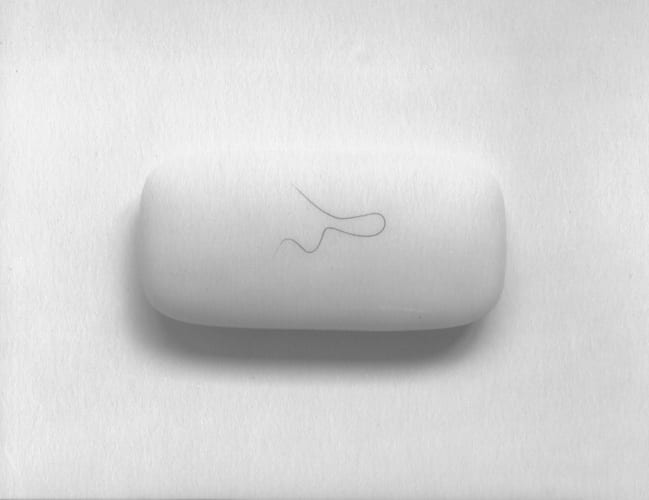
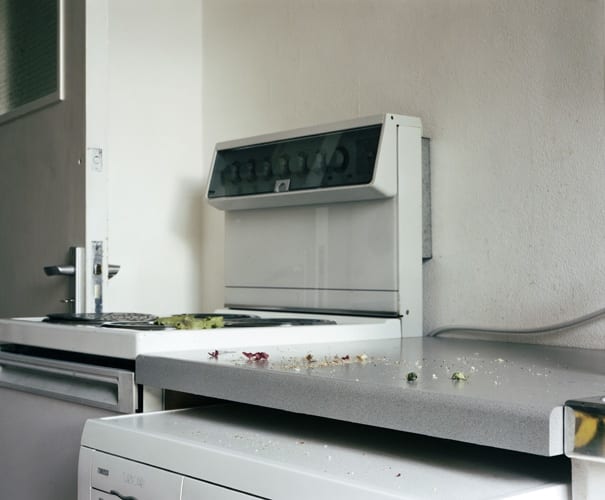
Shafran’s ‘Ruthbook’, 1992-2004 is a 10+ year project documenting his girlfriend and then-wife, Ruth as they lived their lives and grew both as individuals and a couple. Between shots of Ruth herself, Shafran would document the ‘essence’ or Ruth in shots around the house when a meal had been prepared or after getting back from a trip away. A simple shot of a bar of soap with a single hair on it speaks volumes to us. A scene we’ve all witnessed but only ever as part of our closest relationships. The bar fills the frame entirely, layers of whites and creams against the jet black of the centrally placed strand.
In another image, we see crumbs scatters over a countertop, the result of a quick sandwich made for lunch perhaps? The low angle takes us to a point as if we’re almost inspecting the leftovers for traces of human life. Excess crumbs are further scattered onto the top of a protruding washing-machine, driven out from its layer after another heavy spin cycle.
So what can we take from these images? How do we derive so much reality from a scene so often ignored? It’s not necessarily about documenting the scene itself – the objects, the room, the furniture – but more about documenting the flux within the scene. By documenting the change, and the results of change, we are able to put the wheels in motion for a narrative. For assumptions and guesstimates. We become a part of the investigation and as such, we feel part of the image.
People
Perhaps you choose to document a family member or a scene containing close friends or relatives engaging in some sort of activity. The first thing we need to remember about friends and relatives is that they are, unequivocally easier to approach and photograph than the nameless man on the street.
This gives you a far better opportunity to capture what’s ‘real’. When it’s normal for them to see you with a camera in your hand, their reactions can become ever more natural and relaxed. It’s quite a wonderful combination if you think about it.
There is a certain amount of exclusivity involved in shooting things that only you and a handful of others would ever normally see and yet in this space, it may be completely normal for you to be shooting people left right and centre. You have access to a life that is less seen. Try to remember this.
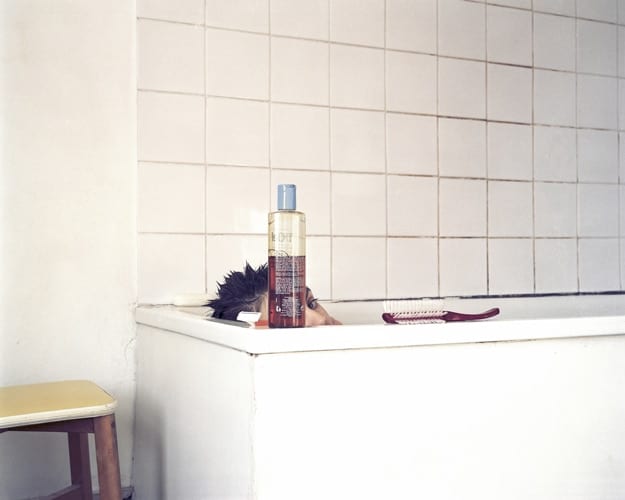
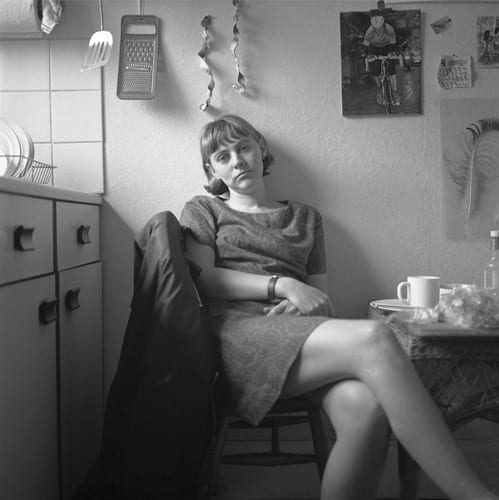
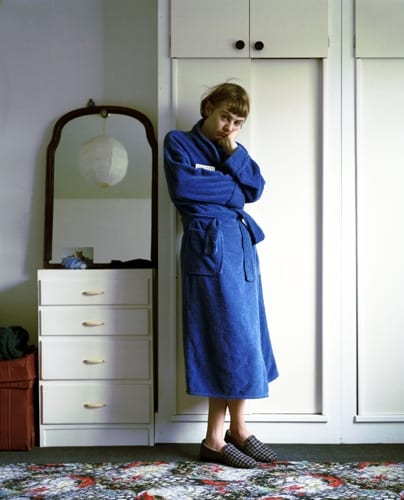
As with all photographic projects, consistency and variables are key. Shafran’s ‘Ruthbook’, as we have already mentioned, holds one single constant: Ruth. We very quickly become accustomed to this and so whenever there is a change in context, content or even subject matter, we still subconsciously relate it to that one constant, to Ruth.
It is here that we can start to veer away and look more at the likes of composition, suggestion and ambiguity. Shafran leaps to the messy work surfaces or Ruth’s partially obscured face in the bath, the subtle browns of skin tones, wet hair and shampoo bottles radiating against a very simple, humble-looking scene.
We start to take this journey with Shafran as he almost put his heart on his sleeve. It’s as if we start to feel the intimacy and warmth of these two individuals living together. Ruth seems so comfortable in his presence and in turn, Shafran seems so curious with hers. But it’s not intrusive; it’s never intrusive. It’s playful and almost inviting.
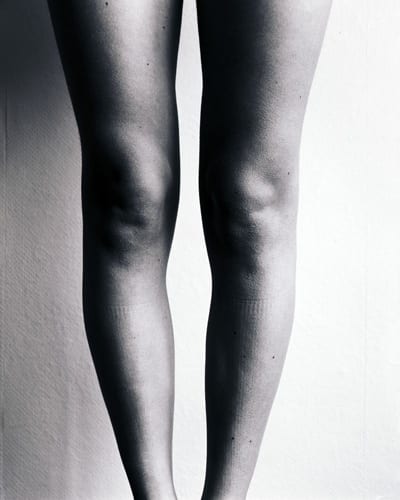
What we would want you to take from this project, is the idea that photography doesn’t always have to be grand sunset scenes or deeply edited portraiture. We don’t have to spend thousands of pounds to create meaningful, poignant, thoughtful art – photography is a relatively modern art form, after all – but we do if we’re aiming to re-create scenes worthy of National Geographic.
What this project enables you to do is slow things right down to a crawl, open your eyes to what’s around you, take your time and create something real and sincere.
It also enables you to shoot immediately, and create fresh content, be it now or in three weeks time. Don’t just do it for me or the project, do it for yourselves. Keep shooting, keep exploring and questioning.
Take a look at the life you’ve built for yourselves and pull something from it that means something to you. The best way of getting started in photography is by examining what’s closest to home and letting that natural progression grow and lead you.
IOP® Students have produced some excellent work on the topic of photography in the home. Have a look at some results here and here.
Enrol on the Professional Diploma in Photography online course now and start studying from home today. You can even pay by interest-free instalments. Start now.
